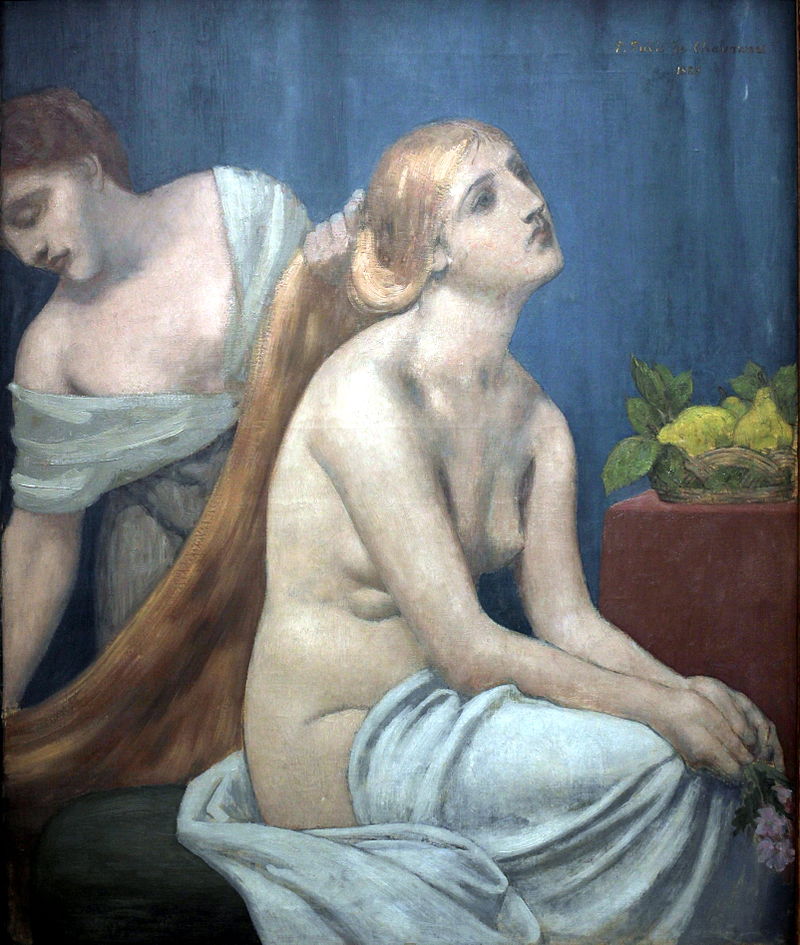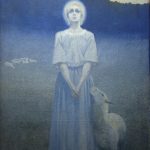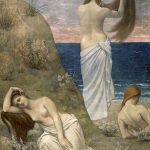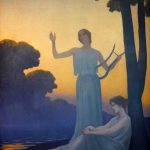
Pierre Puvis de Chavannes’ career was tied up with a complicated debate that had been ongoing since the beginning of the Third Republic (1870), and at the end of the violence of the Paris Commune. The question at stake was the identity of France and the meaning of ‘Frenchness’.
Royalists felt that the revolution of 1789 had been an immense disaster and that France had been thrown off course. Meanwhile, the Republicans felt that the Revolution had allowed France to revert to its true course.
Consequently, works that were to be displayed in public spaces, such as murals, had the important task of fulfilling the ideology of the commissioning party. Many scholars of Puvis’s works have noted that his success as a ‘painter for France’ was largely due to his ability to create works which were agreeable to the many ideologies in existence at this time.
Early Parisian Breakthroughs
His first Parisian commission was for a cycle at the church of Saint Genevieve. this is now the secular Pantheon, begun in 1874. His two subjects were L’Education de Sainte Geneviève and La Vie Pastoral de Sainte Geneviève.
This commission was followed by works at the Sorbonne, namely the enormous hemicycle, The Sacred Grove or L’Ancienne Sorbonne amongst the muses in the Grand Amphitheater of the Sorbonne.
His final commission in this trinity of Republican commissions was the crowning glory of Puvis’s career. This was the works Summer and Winter, at the Hôtel de Ville (City Hall) in Paris.
Many of these works are characterized by their nod to classical art, visible in the careful balanced compositions. The subject matter is frequently a direct reference to visions of Hellenistic Greece, particularly in the case of Antique Vision. Source: Wikipedia.





